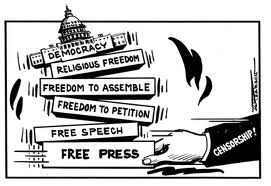Understand the basics of Levels of Measurement
Attached are compiled materials to deepen your understanding of the Introduction to Statistics I course 1. Resource on Discrete Variable: http://onlinestatbook.com/ glossary/discrete_variables. html 2. Resource on Continuous Variable: http://onlinestatbook.com/ glossary/continuous_variables. html 3. Understanding the 4 levels of Measurement: http://psc.dss.ucdavis.edu/ sommerb/sommerdemo/scaling/ levels.htm 4. Understand the Types of Data: https://surfstat.anu.edu.au/ surfstat-home/1-1-1.html Utilise it well. If you have any questions, reach out to me via my email or through any of my social media platforms: Facebook: www.facebook.com/theolajide Twitter: @bami_olajide Instagram: @bami_olajide
